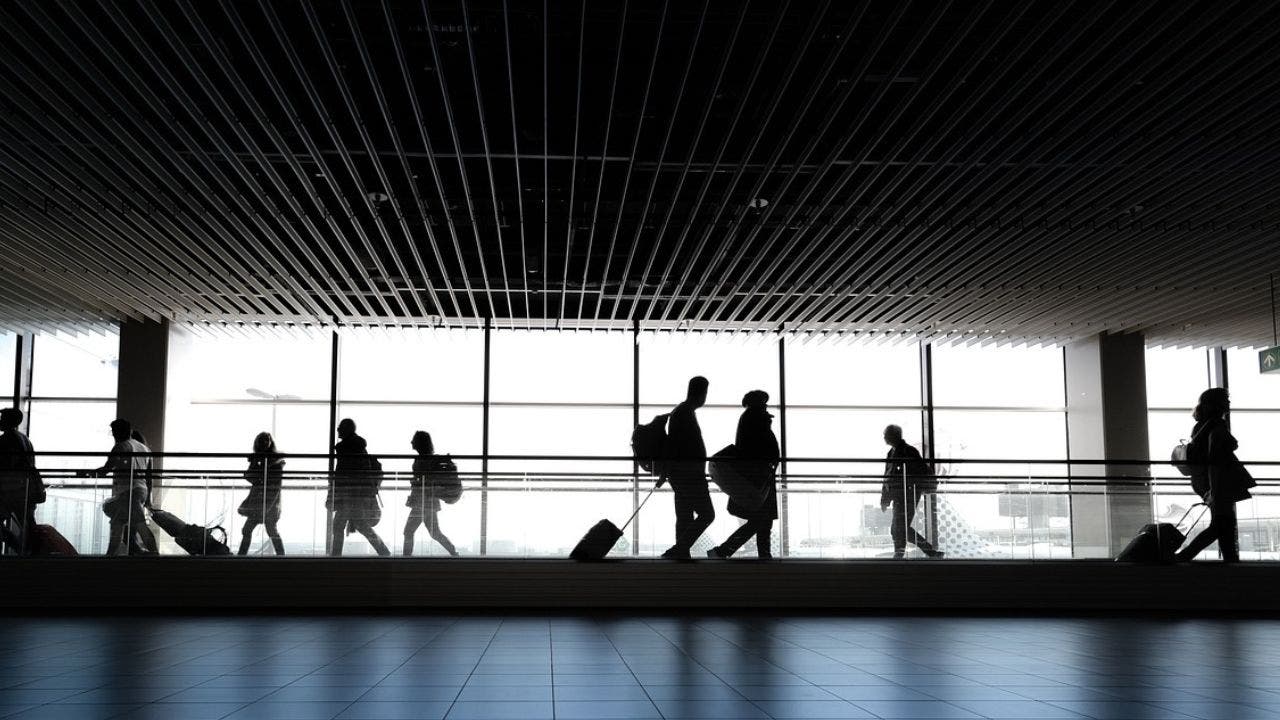Airlines eye weight-based fees: Will heavier passengers pay more?

In 2008, American Airlines made headlines as the first major U.S. carrier to charge for checked bags, introducing a $15 fee as part of a cost-cutting measure. This move was quickly followed by other airlines adopting similar fees, with prices steadily increasing over the years. Fast forward to 2024, a new debate has emerged in the airline industry about whether airlines should charge passengers based on their weight to help reduce fuel consumption and lower emissions.
In 2013, Samoa Air made waves by introducing a “fat tax” where passengers paid based on their weight, but this concept did not catch on widely. However, in February 2024, Finnair took a step further by expanding its weight data collection initiative. The airline now asks passengers to voluntarily weigh themselves along with their carry-on luggage at Helsinki Airport. This data collection will be conducted over three months, covering both short Schengen-area flights and longer-haul routes. The collected information, which includes age, gender, and travel class alongside the weight data, will be used to update the airline’s aircraft balance and loading calculations for the period from 2025 to 2030.
These developments indicate a growing interest in the airline industry in exploring weight-based strategies for both operational efficiency and potential future pricing models. Researchers believe it is crucial to discuss weight-based pricing as a way to reduce the environmental impact of air travel.
A recent study conducted among 1,012 U.S. adults sought their opinion on charging based on weight. The study looked at three pricing options: a regular fare with a set luggage limit, a “weight threshold” where passengers over 160 pounds would pay extra, and a “body weight” model where ticket prices would depend on each person’s weight. The results revealed that lighter passengers were more in favor of weight-based fees, while heavier passengers preferred the current system. However, almost half of the heavier respondents were still open to the idea. Younger travelers, frequent flyers, and wealthier passengers were more likely to support weight-based charges.
Despite the potential benefits of weight-based airline pricing in reducing carbon emissions and fuel consumption, there are concerns about fairness and possible discrimination. Nearly 60% of respondents in the study expressed worries about discrimination. The airline industry faces the challenge of balancing environmental responsibility, economic efficiency, and inclusive customer experience.
While weight-based pricing could lead to significant reductions in carbon emissions by correlating passenger weight with fuel consumption, it also raises ethical questions about body diversity, accessibility, and discrimination. Disability advocates argue that such pricing could disproportionately impact individuals with medical conditions or physical differences beyond their control.
As the debate continues, emerging technologies like advanced lightweight materials and more fuel-efficient aircraft designs may provide alternative solutions to reducing aviation’s carbon footprint. The airline industry must carefully consider fairness and public perception when exploring weight-based pricing as a means to make air travel more eco-friendly.
In conclusion, while weight-based pricing shows promise in reducing fuel costs and environmental impact, it is essential for airlines to address societal norms and potential discrimination issues. As the industry continues to seek ways to make air travel more sustainable, the balance between environmental responsibility, economic efficiency, and customer experience remains crucial.




